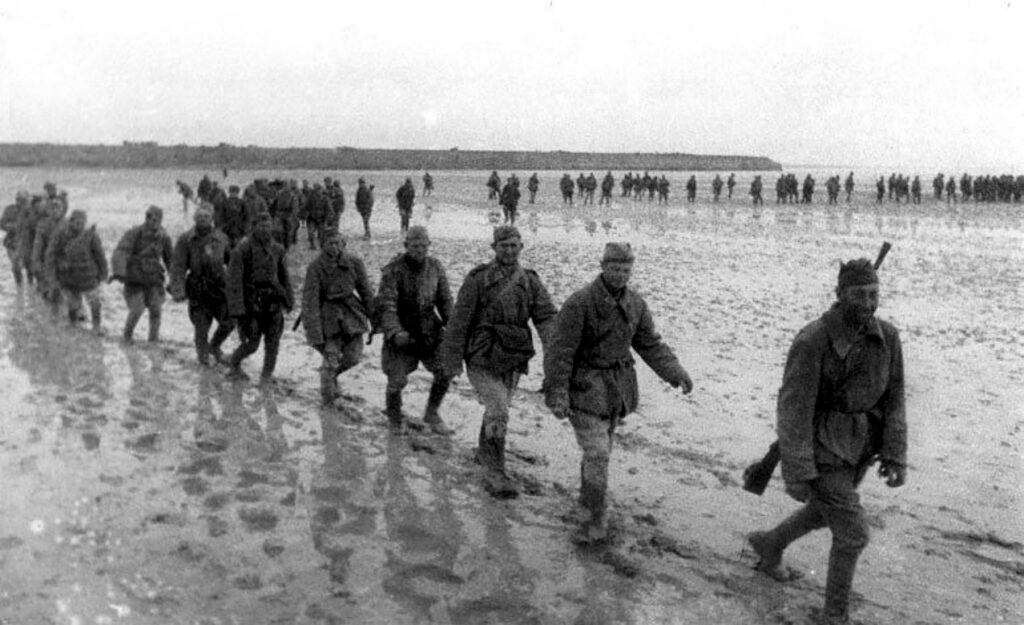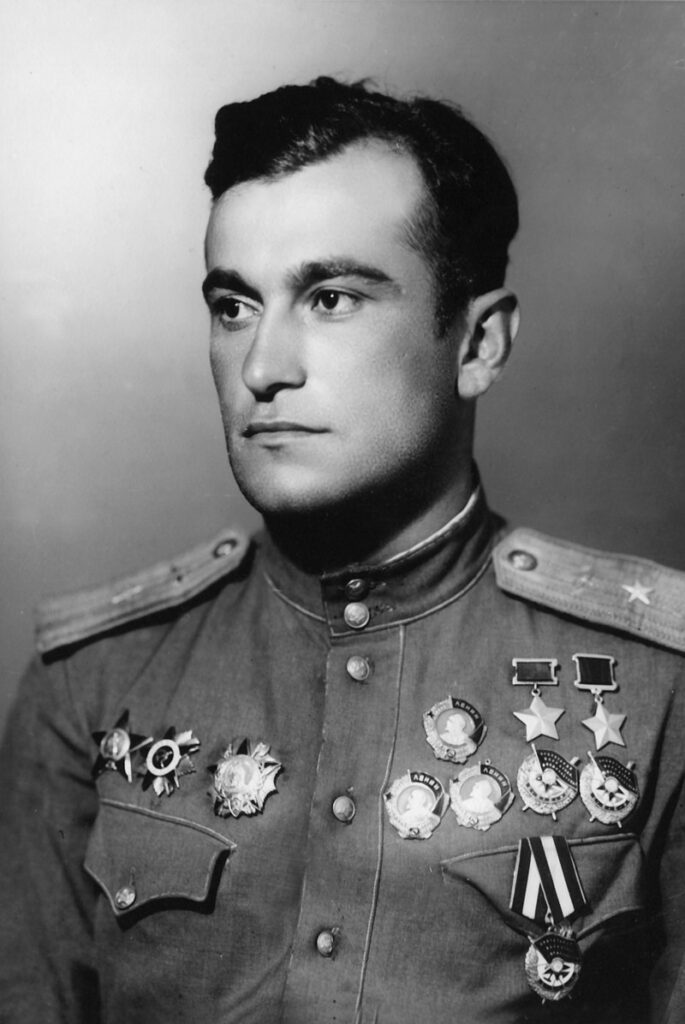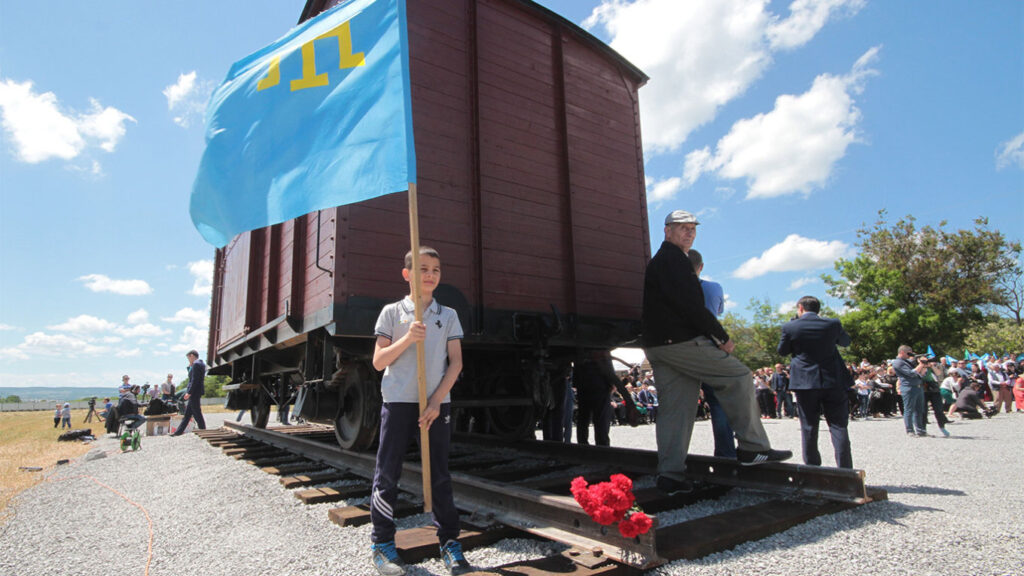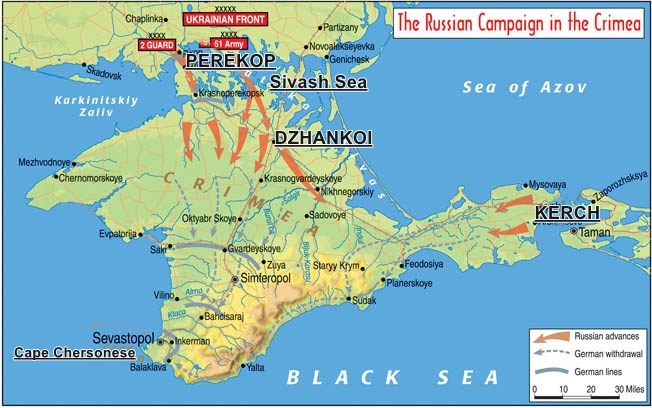By Andy Ford (Warrington South Labour member) continues his occasional series on the 80th anniversary of the WW2 in the Soviet Union.
********
The Crimean peninsula should never really have been lost to Hitler’s war machine. The fact that it was taken by the Nazis was due to Stalin placing its defence in the hands of his long-time crony, and mass executioner, Lev Mekhlis.
In the course of 1942, Mekhlis, commanding a large Russian army of 200,000, was defeated by a German and Romanian force a third of the size. In May 1942, Soviet forces were chased out of the Kerch peninsula, and in July 1942, Sevastopol, the home of the Black Sea Fleet, fell to the Nazis after a brutal 250-day siege.
Just under two years later, in April 1944, the Ukraine had been almost totally cleared of Nazi forces but they still held Crimea as more or less an island, supplied by sea from Romania. The Soviet High Command even debated whether to leave the 40,000 German and Romanian forces marooned on Crimea, describing it as their “largest prisoner of war camp”, as the troops were effectively locked in.
On the German side, Jaenecke, the German commander, could see the situation and devoted most of his time to planning for evacuation. However, Hitler was convinced that Crimea would be used as a forward air base to bomb the Nazis only major source of oil, in Ploesti, Romania. His orders therefore were to “hold Crimea at all costs”.

“Stinking Sea”
Although, on the map, Crimea looks almost like an island, the reality is that the ‘sea’ to its north-east consists of a series of shallow saltwater lagoons termed the Sivash Sea (‘Stinking Sea’ is the English translation) which is on average only couple of feet deep. In late 1943 the Red Army had established a small bridgehead on Crimea after wading through these lagoons and the plan was to reinforce the bridgehead and then break out across the flat northern Crimean steppe.
Conditions in the Sivash bridgehead were grim.
“Our soldiers toiled covered from head to toe in salty mud. When they were resting, they could neither wash, nor get dry. The view was utterly bleak, with not a tree not a bush. It was as flat as a table, and endless steppe with a smooth white surface and shallow salt lakes. Not even weeds could be seen…”,
but the Red Army hung on in the face of weak counter attacks from the demoralised Romanian forces. When fresh Soviet troops were sent to build for the attack, they also had to wade through the ‘Stinking Sea’:
“There was light frost with occasional snow, and a piercing wind cut us to the bone despite our sheepskin coats…many soldiers went barefoot and put their clothes on their heads to keep them dry…A gust of cold wind made us shudder… “Forward march!” the officer gave a quiet command and was first in the water. The soldiers followed. There was the crunch of frost underfoot. The crossing had begun”.
On 8 April, the Red Army launched an attack out of their Sivash bridgehead, covered by the Red Airforce (VVS), that, at long last, had established parity with the Luftwaffe. They ran into dense German and Romanian fire and were stalled, except for the force on the west of the attack who, after wading through a salt lake, pushed the Romanian defenders right out of their positions.
The next day the Red Army attacked down the Perekop isthmus, that forms the only land connection between Crimea and Ukraine, and although blocked on the first day, the German reserves had run out and by late on April 10th the Red Army had captured the town of Dzhankoi, making further defence of the north of Crimea all but impossible.
German retreat
On April 11 the Red Army attacked from Kerch, on Crimea’s eastern tip, and the Germans, finding themselves menaced by the Soviet advance from the north began to hurriedly retreat along the single main road from Kerch, though Feodosia and Yalta, to Sevastopol. Unit after unit were overtaken or surrounded and a mass surrender began.
There was much anger in Romania at the way that German commanders left the Romanian units behind as rearguards and then transported the German units to Sevastopol by sea, leaving the Romanians to their fate. By 14 April the Russians had taken 17,000 prisoners, and although 10,000 Germans were evacuated by sea from Feodosia to Sevastopol, they had to leave almost all their vehicles and artillery behind.

The Germans now found themselves besieged in Sevastopol, but ironically the city’s once impressive defences had been destroyed in the German siege of 1942. The German commander, Jaenecke, began taking out the wounded, support staff, and civilians to Romania, and about 72,000 were evacuated without loss. However, Hitler, seeing what was going on, summoned Jaenecke to Germany for “consultations”.
It was a stormy meeting. Jaenecke explained that most of the heavy equipment had been lost, that there was no space to manoeuvre within the besieged city, and that the Red Army possessed a huge superiority in numbers and equipment. Hitler responded by promising reinforcements but could not say how many, or when they would arrive. When Jaenecke then stated that in that case he would not accept the command, Hitler began ranting about holding on to every inch of territory.
Jaenecke then stunned everybody present by simply turning on his heel and walking out, jumping into a plane straight back to Crimea. But when he stopped for fuel in Romania, Hitler had him arrested and he was lucky to escape with his life.
Red Army out of supplies
The Red Army were now out of supplies and ammunition and needed to rest up and re-equip before assaulting the mountains north of Sevastopol. They pressed many local youths into service to bolster numbers in the upcoming battles.
One of these youths, S. Shramenko, survived to record his experience of being sent to storm Sevastopol’s defences after just eight days training. He was drafted on 22 April, and by 1 May he was in combat.
“On 1 May we were allocated to platoons. We replaced units that had suffered losses in the capture of Perekop. We were young and untrained, and placed in the second echelon…I heard a shell flying through the air…There was an explosion. Gregory Spilney and another guy from our village were killed by shrapnel. We scattered and then returned to bury our comrades. We occupied some high ground…. The hill was dotted with human bones and helmets – Soviet, Romanian and German. Apparently there had been a battle here in 1942…Before dawn they alerted us and then the assault on the Sapun ridge began. There was a huge artillery bombardment accompanied by massive air raids…”
Another 18 year old, Petr Kosakovskiy, recounted,
“We were given equipment and uniforms. It was all novel as we had no knowledge of military things. We were immediately thrown into combat on Sugarloaf Mountain. I don’t know how I survived. A soldier fell near me, then Iskaevich, another villager fell nearby…he was gone… I was the only one of my platoon to reach the enemy trenches. Of my fellow villagers, all were either wounded or killed”.
Sevastopol
With a huge effort, the Red Army seized the hills overlooking Sevastopol and the city was now open before them. Hitler finally agreed with a withdrawal and ships now docked in Sevastopol to take the Romanian and German occupiers to Odessa. But Russian units smashed through the last defences on 9 May and the Germans were obliged to evacuate from the beaches of the Chersonese peninsula to the west of Sevastopol.
Behind the last defensive line, a whole German army waited for rescue. But the ships were now within Soviet artillery range and also many ships in the convoys returning to Romania were lost to submarines. Some German soldiers waited in vain; no ships came. One regiment waited, only to find that a single ferry had made it to their beach:
“The ferry that appeared could take only a few hundred men, and wounded men and supply troops engulfed it on the shore. A neighbouring division suffered the same fate…”
Hitler’s stupidity had turned a retreat into a disaster – again.
On 12 May Soviet troops broke into the Chersonese peninsula, capturing thousands of prisoners. They also shot hundreds out of hand, especially the ‘Hiwis’, who were Ukrainian collaborators with the Nazis, and many German officers committed suicide rather than face capture. By 13 May it was all over.
Stalin deports the Tatars
It was liberation, but for many it was a questionable ‘liberation’. Apart from the village lads pressed into service and used as cannon fodder, Stalin issued his notorious order for the deportation of the ENTIRE Crimean Tatar nation to Central Asia. Stalin’s decree read:
“During the Great Patriotic War many Crimean Tatars have betrayed the Motherland, deserting Red Army units that defended Crimea, siding with the enemy, joining volunteer units formed by the Germans; and as members of the German punitive detachments the Crimean Tatars were noted for their savage reprisals…
Taking into account the facts cited above, the State Defence Committee decrees:
That all Tatars are banished from the territory of Crimea and resettled permanently as special settlers in the Uzbek SSR. Resettlement is assigned to the NKVD. The Soviet NKVD (Comrade Beria) is to complete resettlement by 1st June 1944. By 1st June this year the Uzbek SSR will accept and resettle 140-160,000 special settlers.”
From 18th May around 30,000 NKVD secret police moved into Crimea and arrested 150,000 Crimean Tatar civilians. They were loaded onto crowded trains, on which 6,000 died on the journey, and a further 30,000 more died in Uzbekistan before the end of the war.

The Crimean Tatars are a Turkic people, originally the majority population of the peninsula, and although a ‘Tatar Legion’ had been formed by the German occupiers it was plagued with desertions and never saw combat, being mainly employed on guard and anti-partisan duties. Far more Crimean Tatars served with the Red Army than collaborated, despite the famine they had suffered in Stalin’s botched collectivisation of agriculture in the 1930s, and suppression of their culture under Stalin’s regime of Russian chauvinism.
If only the Stalinist regime had continued to follow the Bolshevik policy of respect for national minorities, and their religions, the Germans would not have secured even minority support amongst the Tatars. The brutal deportations were a despicable crime. Today the Tatars form only 10% of the Crimean population.



